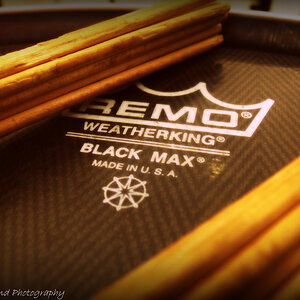M.Powell
TPF Noob!
- Joined
- May 20, 2010
- Messages
- 58
- Reaction score
- 0
- Location
- Alabama
- Can others edit my Photos
- Photos OK to edit
Ok, I've been reading a LOT about this and still have questions. Not sure if this is the right thread but it was the closest one I could find to deal with this subject. Ok. I have a Sony Vaio and a Dell Inspiron. I do not have a desktop pc. Both of my laptops are glossy screens. Now my question is this. I do all my photo work on my Sony, and love working on it. BUT do I need an external monitor with a matte screen to view my PP work? Also about calibration. Can a laptop be calibrated or should I buy an external matte monitor and calibrator? If so, does it matter what brand of screen or type?




![[No title]](/data/xfmg/thumbnail/33/33449-978bff23ad40c63da778b7e59d54f546.jpg?1619735974)
![[No title]](/data/xfmg/thumbnail/37/37627-c3d3ca879cdfbdb9e35acdcc7fcd4b3e.jpg?1619738154)
![[No title]](/data/xfmg/thumbnail/37/37604-7ad625e983f92f880eb65a264eeef5e4.jpg?1619738148)


![[No title]](/data/xfmg/thumbnail/38/38721-a6c38c7ae974a8a5518bfbf14be98f18.jpg?1619738701)

![[No title]](/data/xfmg/thumbnail/32/32177-3a3d923fa1584c6ef7d6602aaa24fbc6.jpg?1619735235)

